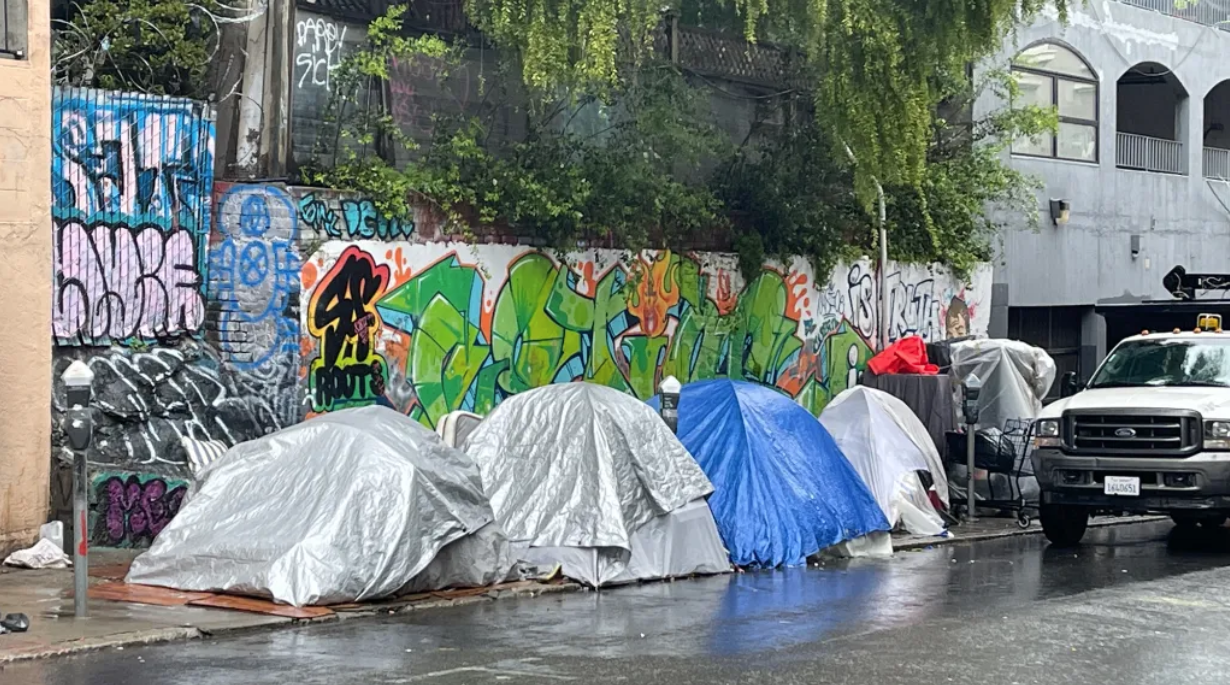Readers have been asking The Standard questions they have about homelessness in San Francisco. Today we tackle this one: How many of San Francisco’s homeless people are employed?
We took a look at the most recent city figures on homelessness and asked experts and local activists about homeless people who have jobs.
According to the San Francisco Department of Homelessness and Supportive Housing’s 2022 Point-in-Time Count report, about 17% of San Francisco’s 7,754 homeless people said they were employed full-time, part-time or sporadically.
That’s a six percentage-point increase from 11% in 2019, according to the report, which is released every two years and aims to conduct a real-time count of people experiencing homelessness in San Francisco in order for the city to receive federal funding.
The report examines homelessness in each community by collecting information on people who live in shelters and transitional housing, as well as those sleeping on the streets and other places not meant for human habitation.
Jennifer Friedenbach, executive director of San Francisco’s Coalition on Homelessness, said the employment rate among San Francisco’s homeless is lower than the national average for unhoused people, which is about 25%.
“It should be noted however, the [Point-in-Time Count] does not count families outside of shelter,” Friedenbach said. “And heads of households with children who are homeless have a higher employment rate than single adults.”
According to Deborah Bouck, spokesperson for San Francisco’s Department of Homelessness and Supportive Housing, jobs and even multiple streams of income can sometimes not be enough to hold on to a house or apartment in cities—like San Francisco—where affordable housing options are limited.
“While many people experiencing homelessness are gainfully employed and may work multiple jobs, their income often isn’t enough to maintain stable housing, especially in areas with a lack of affordable housing options,” Bouck said. “Wages have not kept pace with cost-of-living increases. This can result in financial and housing insecurity, which both causes and prolongs homelessness.”
Although the unemployment rate in San Francisco as a whole in 2022 was 3%, the jobless rate for respondents in the homeless Point-in-Time Count was 83%. However, 32% were looking for work, while 32% said they were not looking for work and 20% said they were unable to work, according to the report.
When asked to identify barriers to employment, 23% of jobless homeless respondents to the survey cited an alcohol or drug issue, 21% mentioned not having a permanent address, another 21% said they did not want to work, 18% said they had no phone and 15% said they had no identification.
Nearly 48% of unemployed respondents to the survey reported a monthly income of $99 or less. Of the homeless who said they were employed, 56% reported a monthly income between $450 and $1,499. Only 6% of those who said they were employed reported incomes of less than $99 monthly, the report added.
